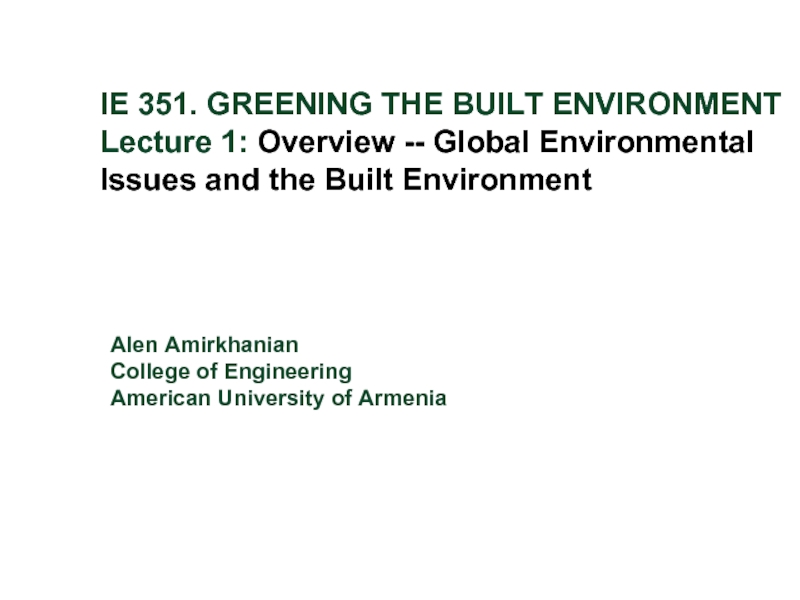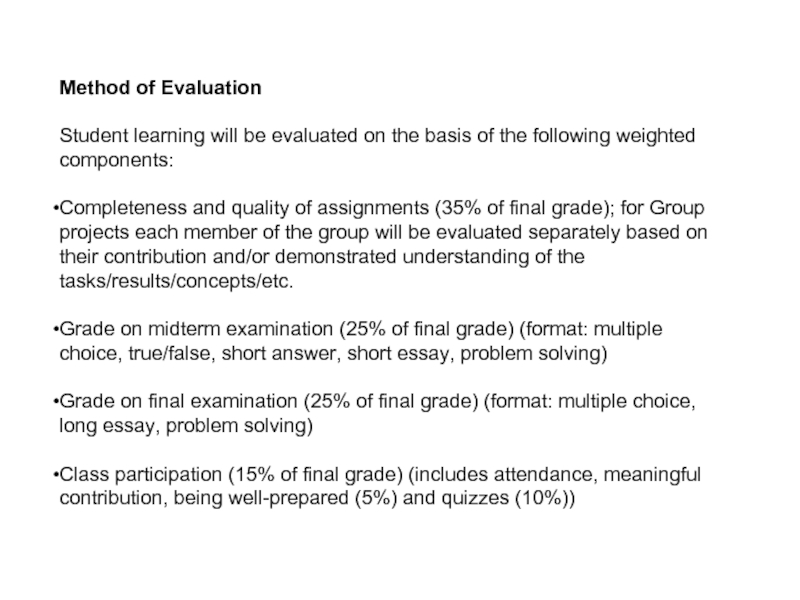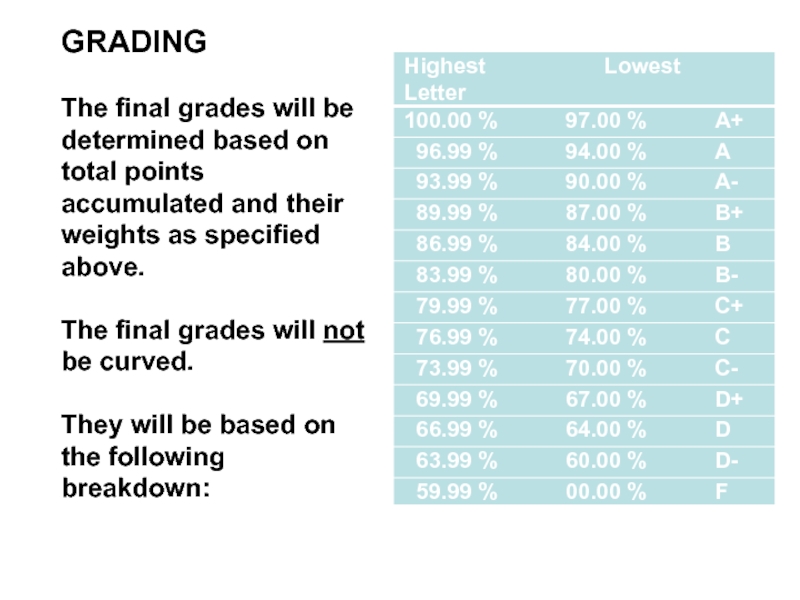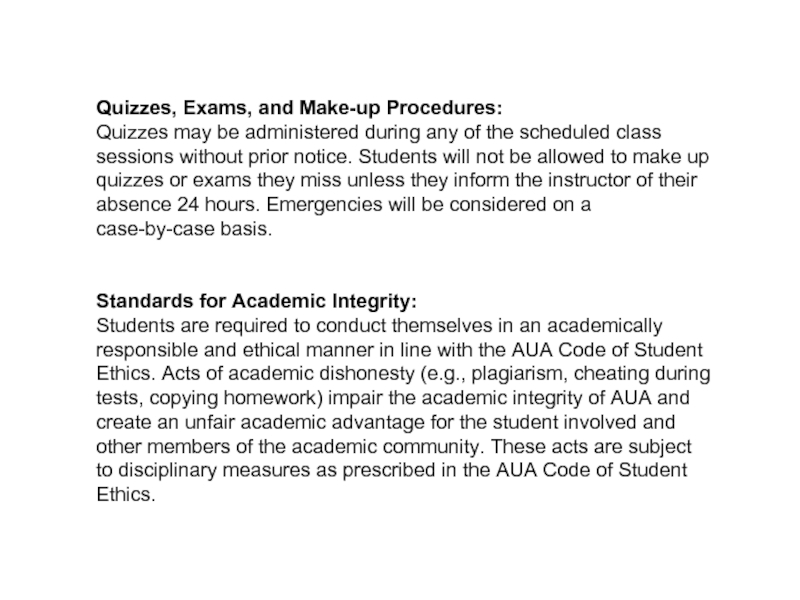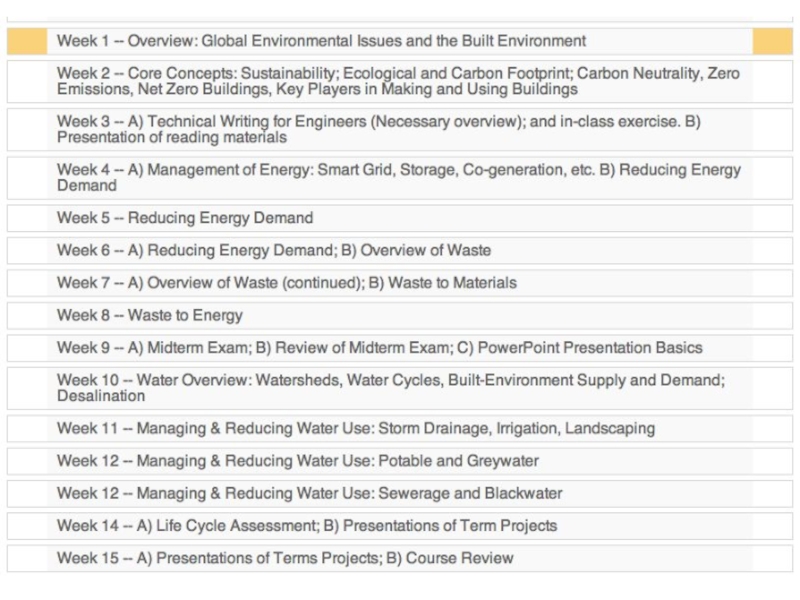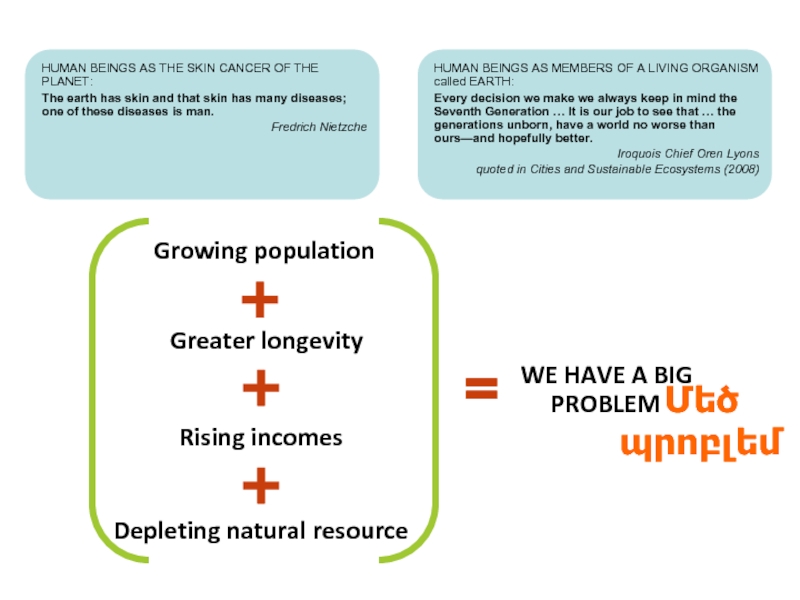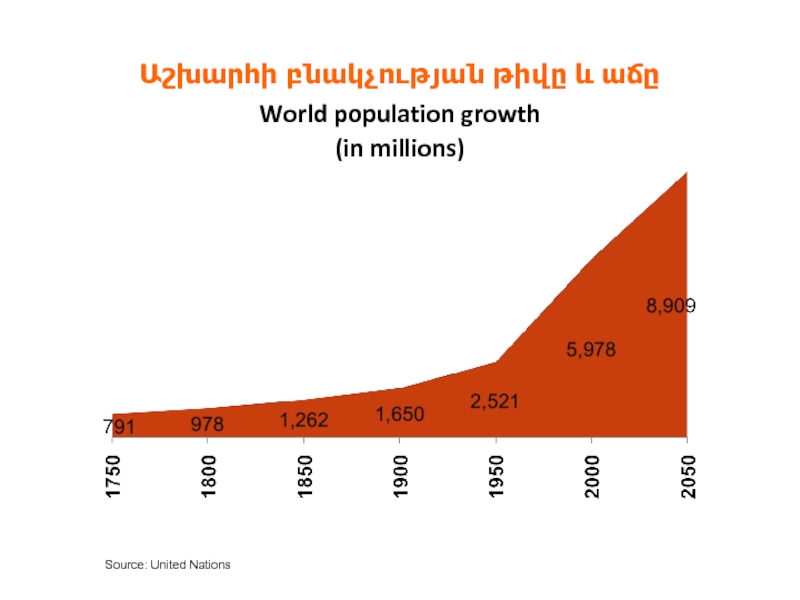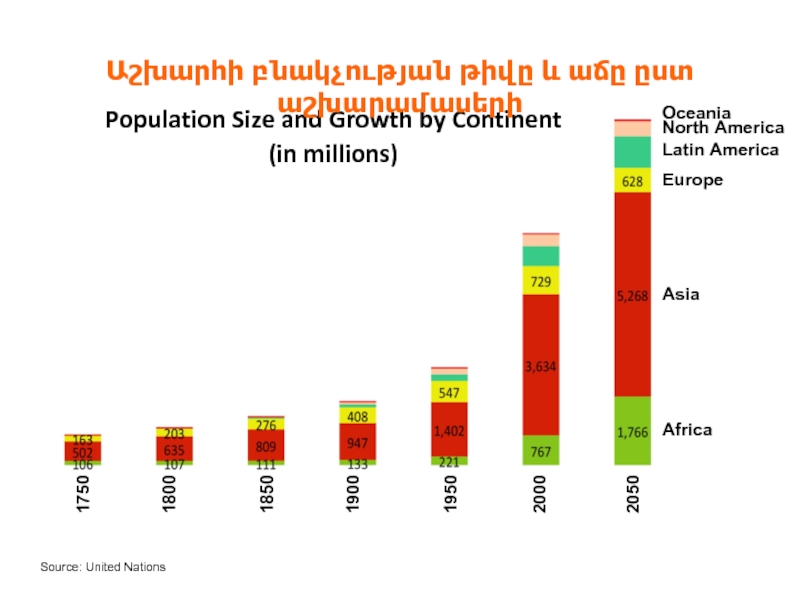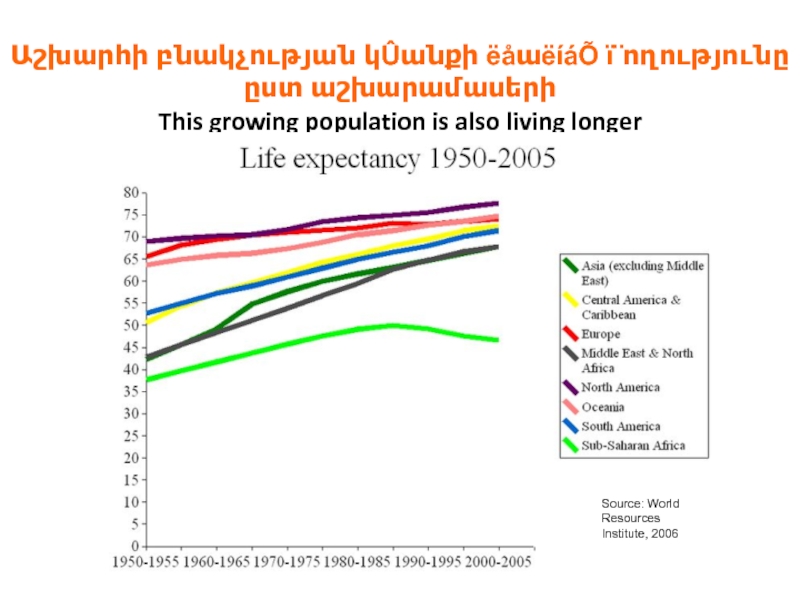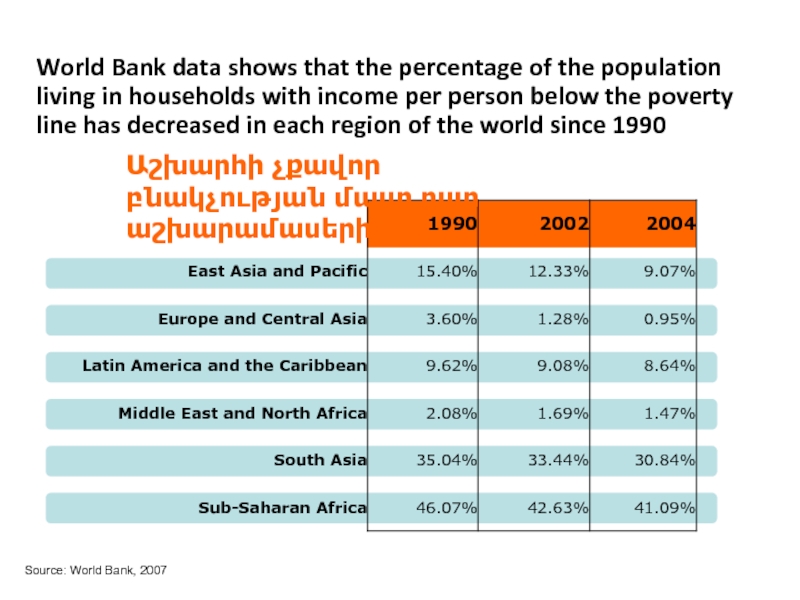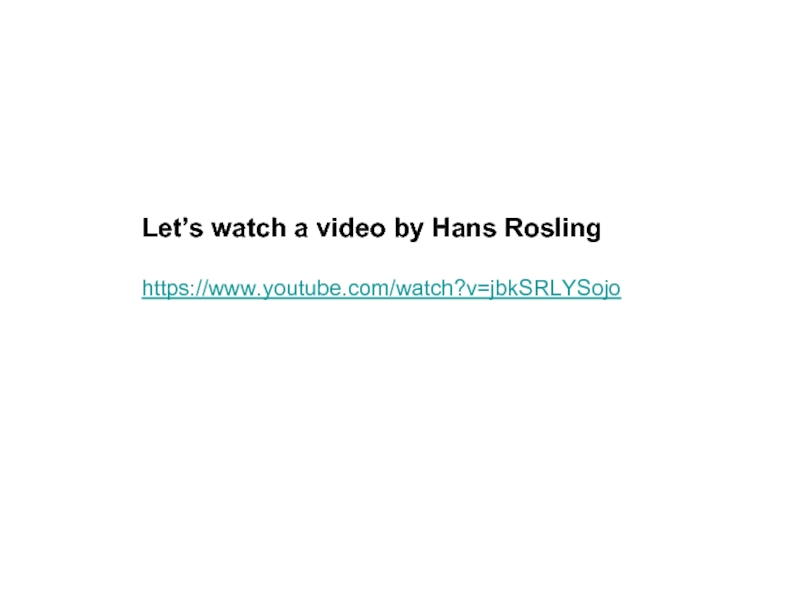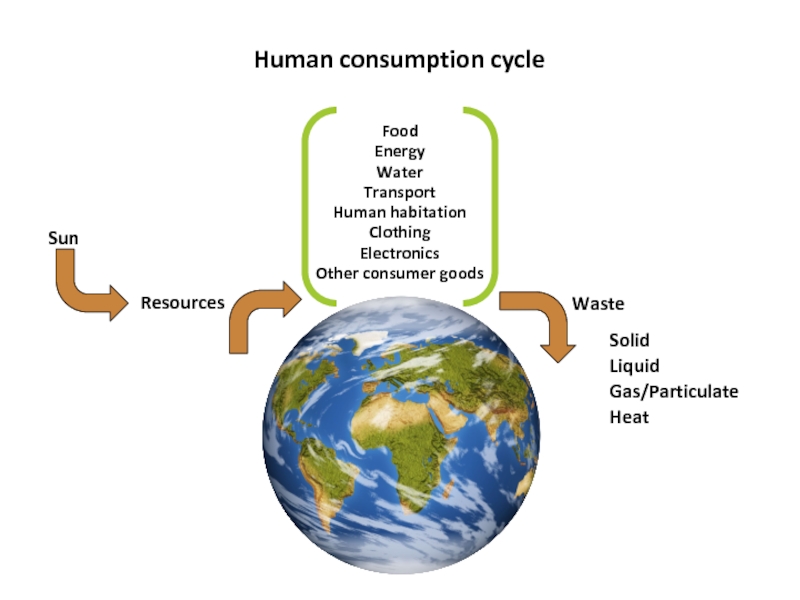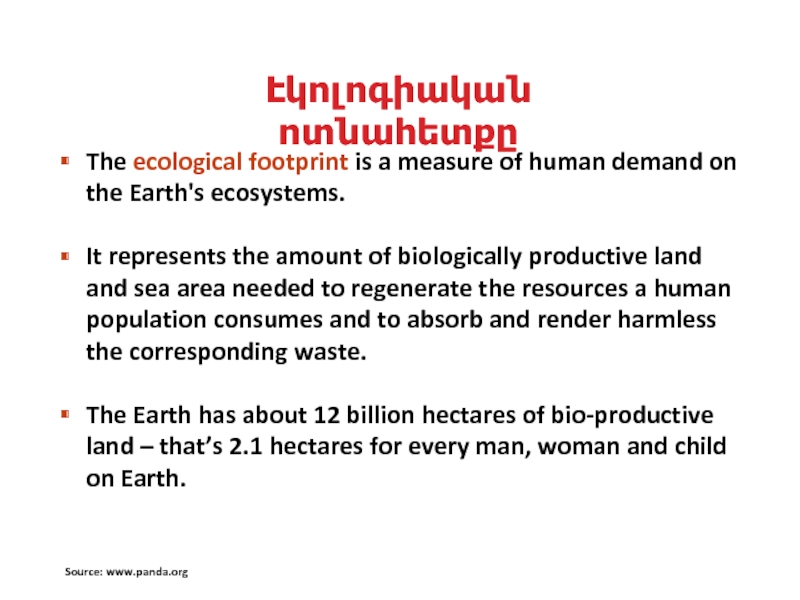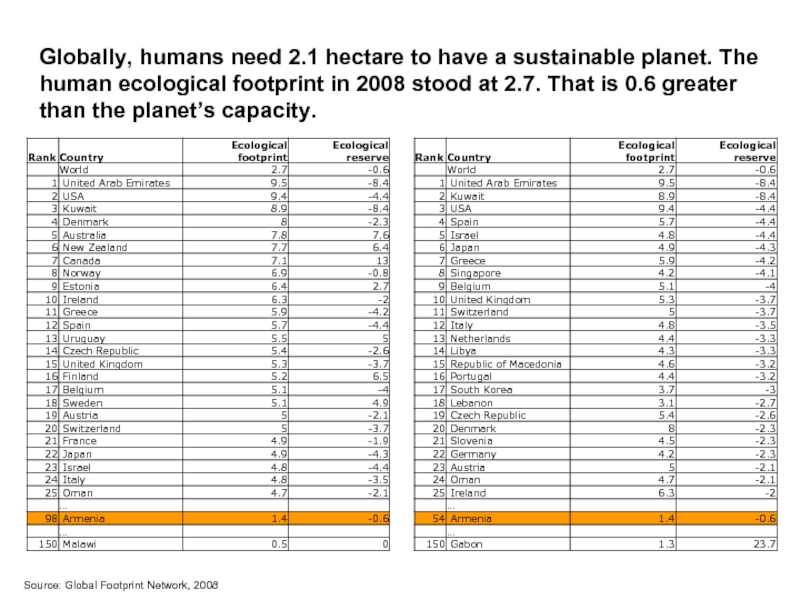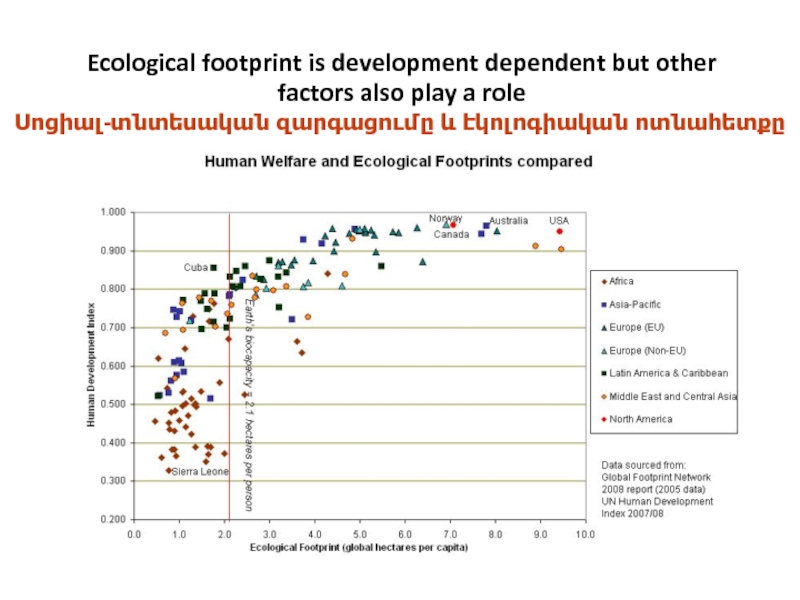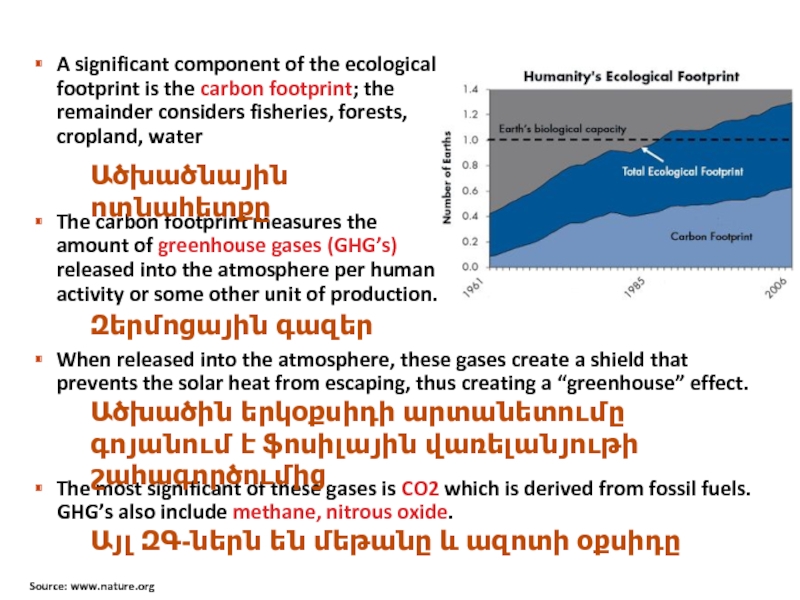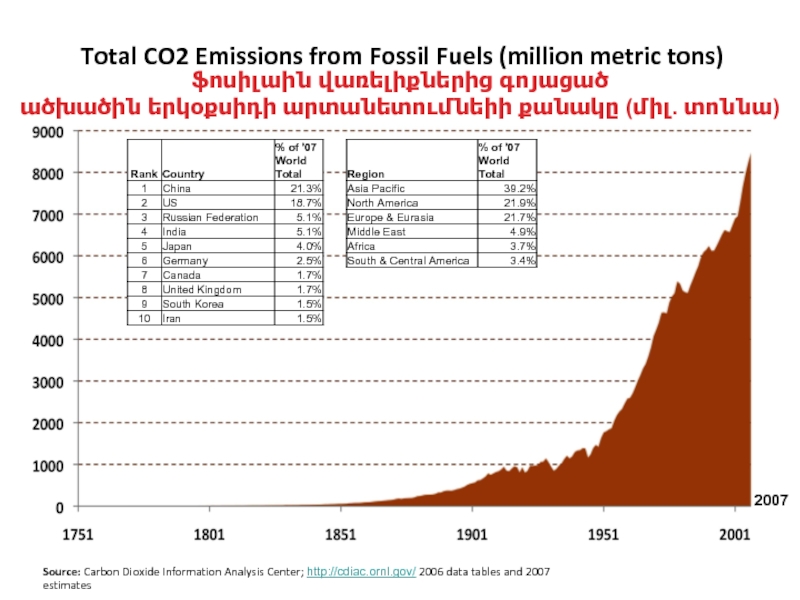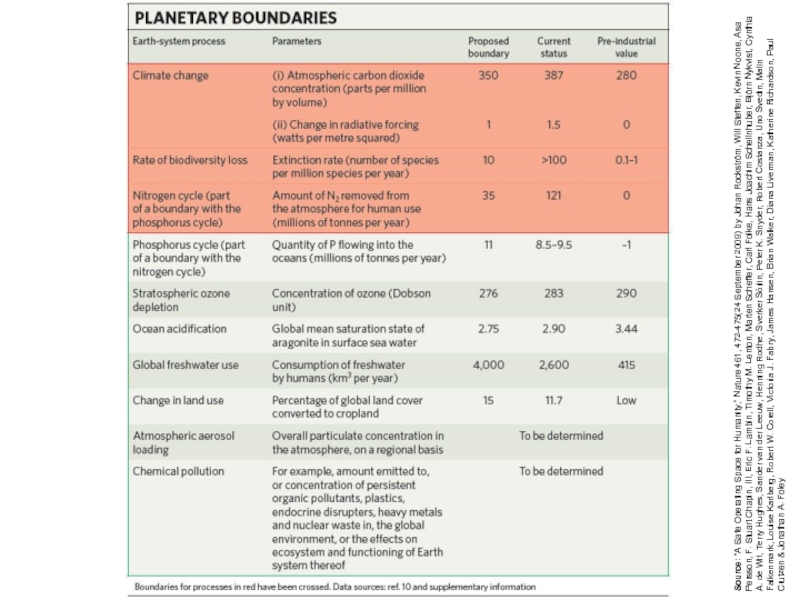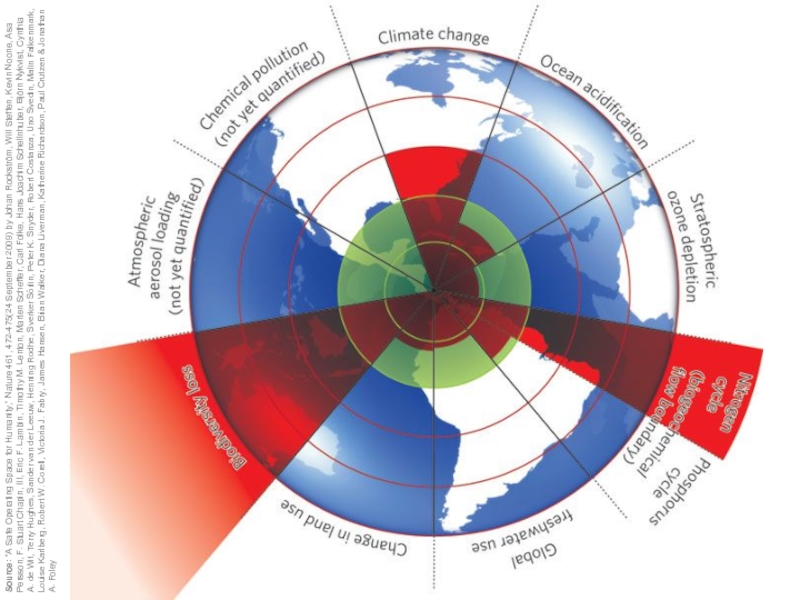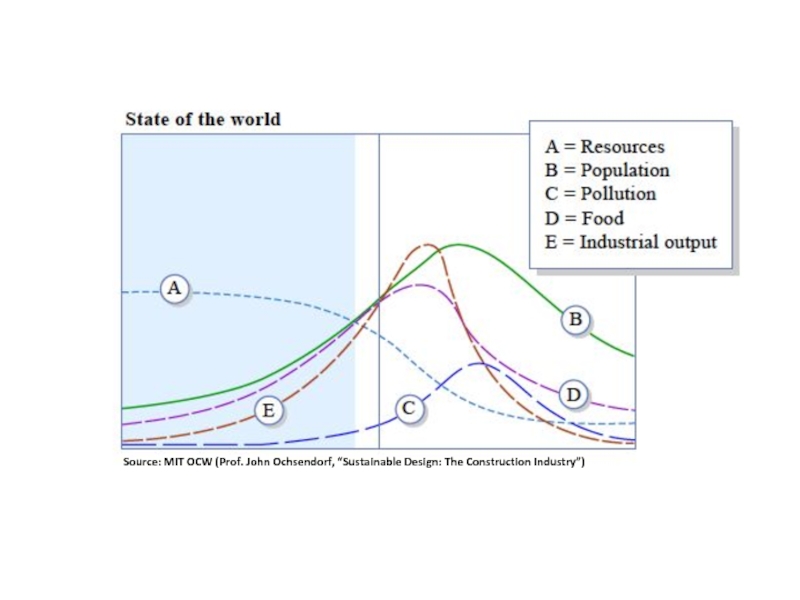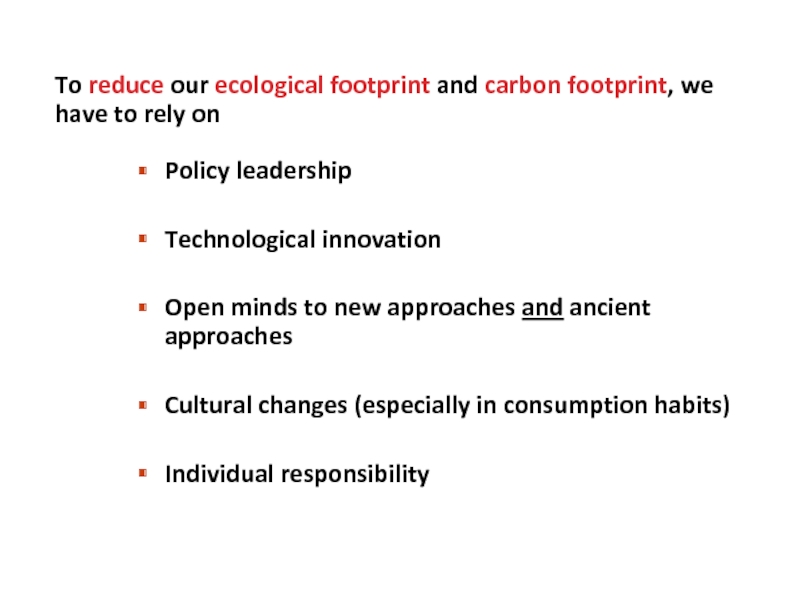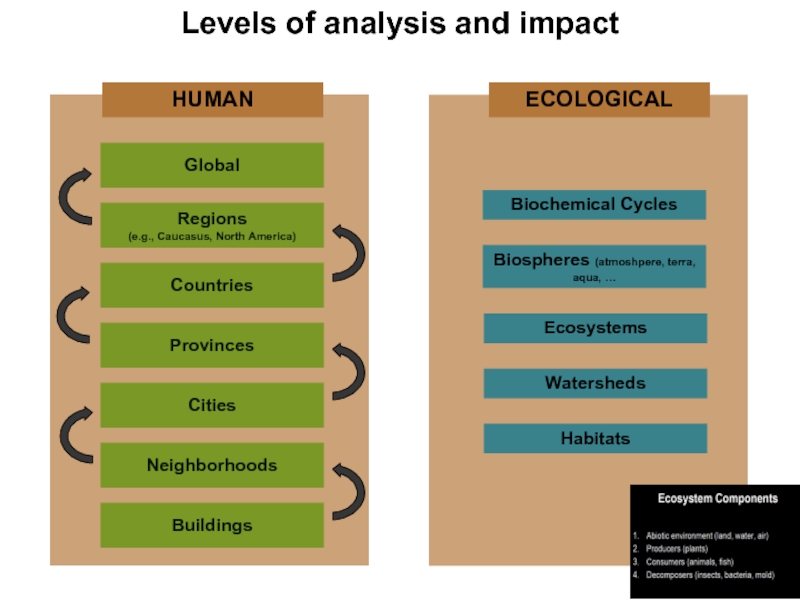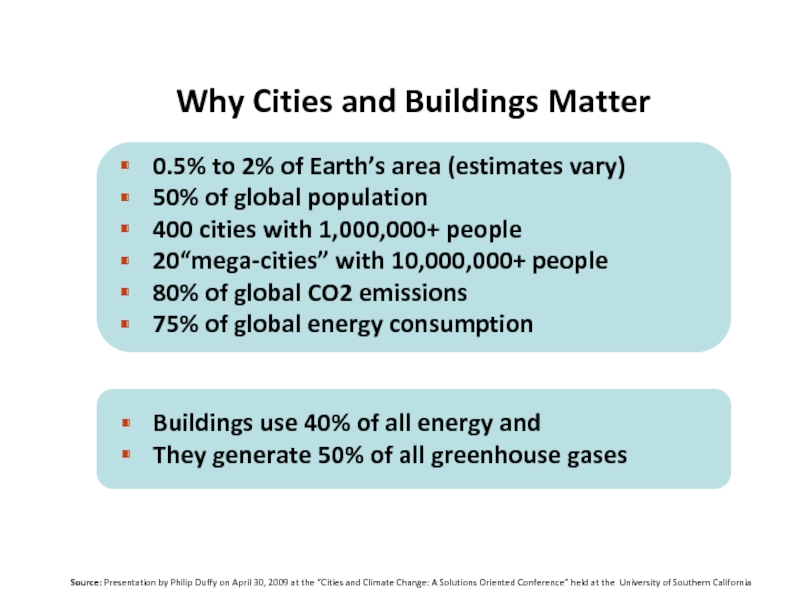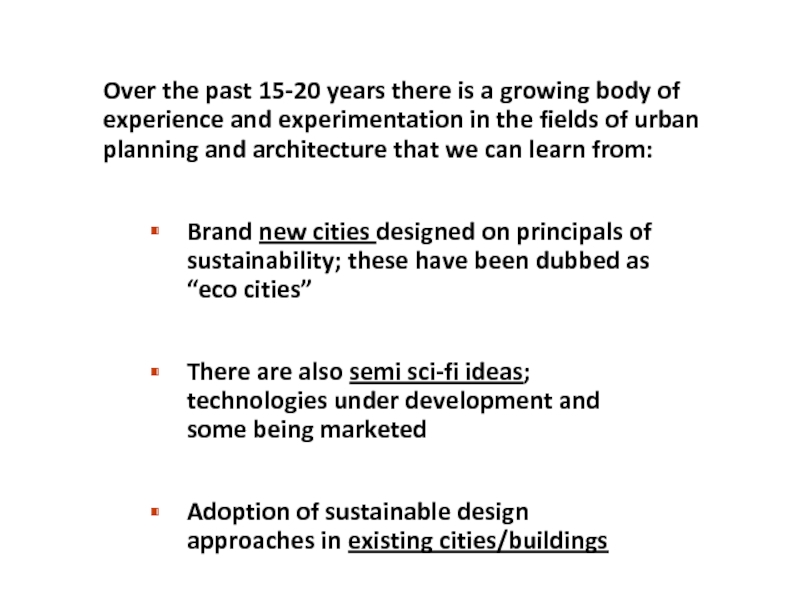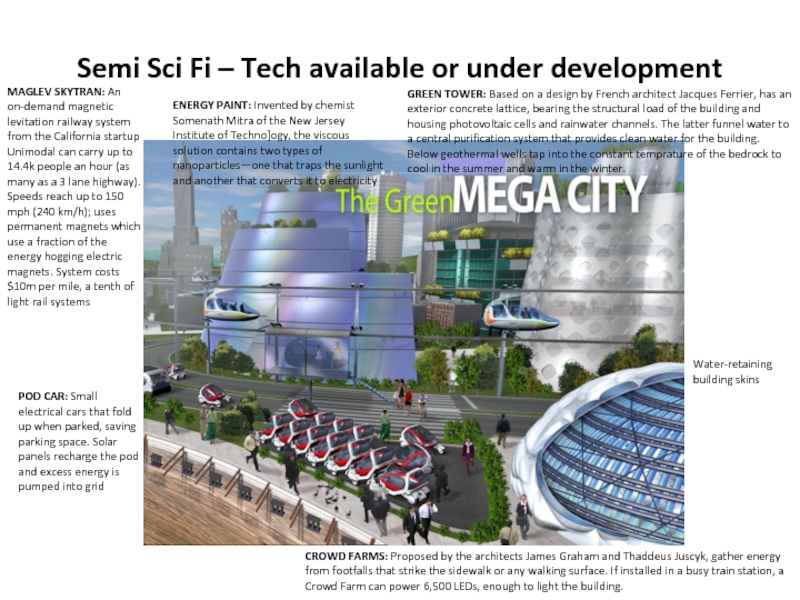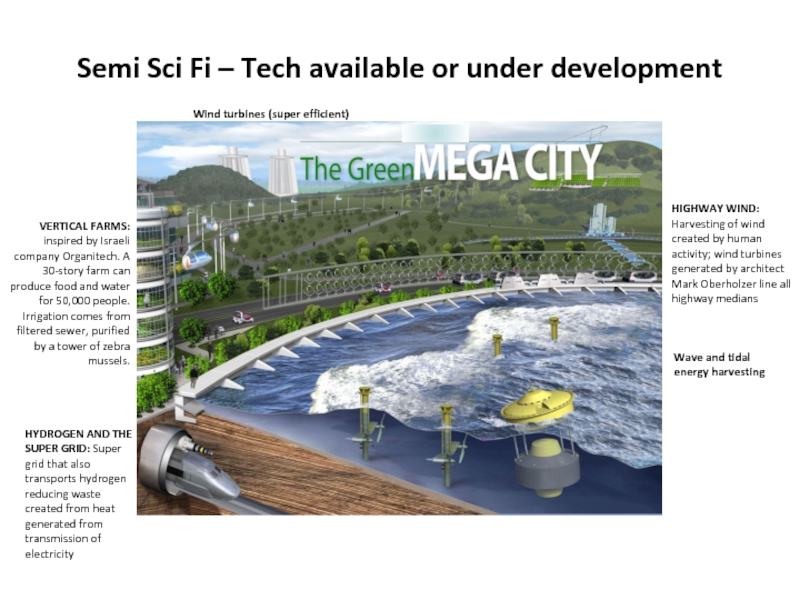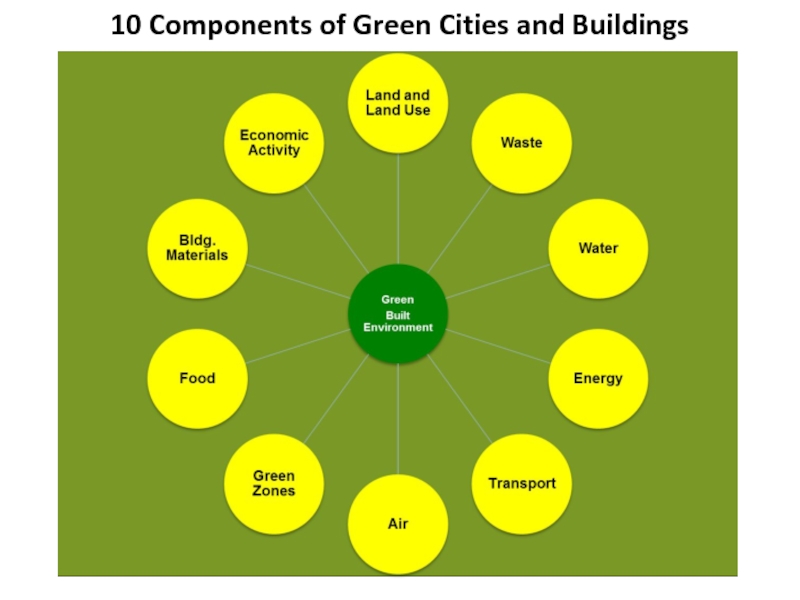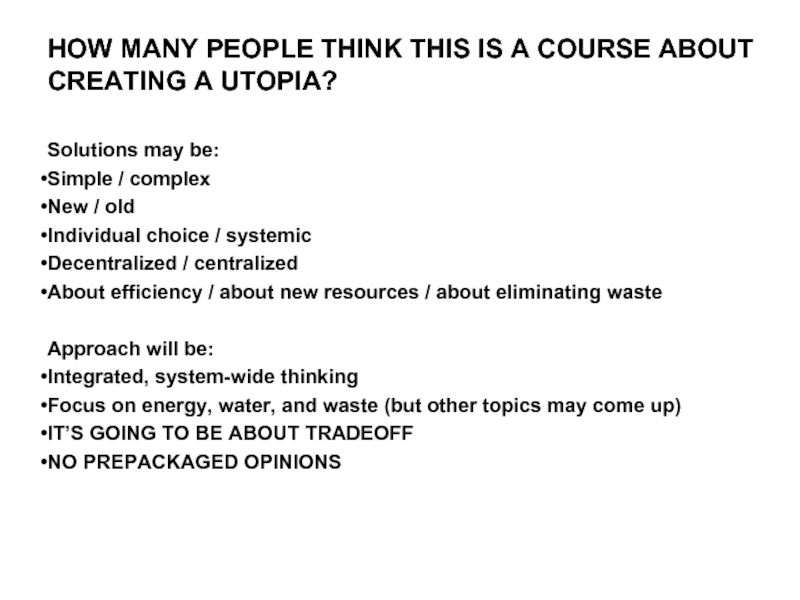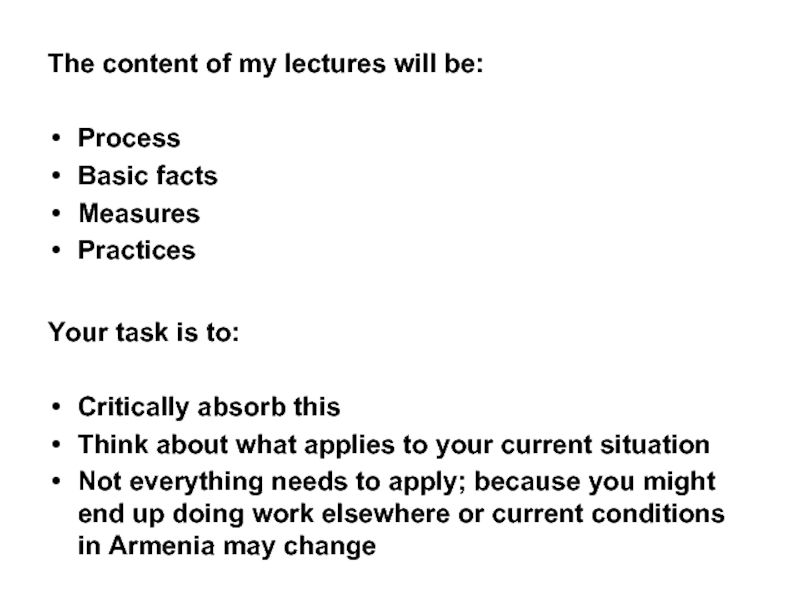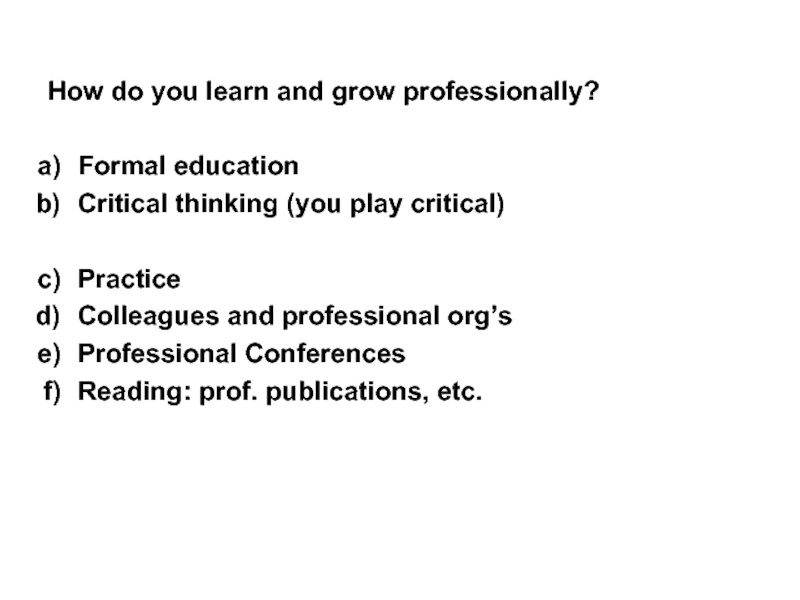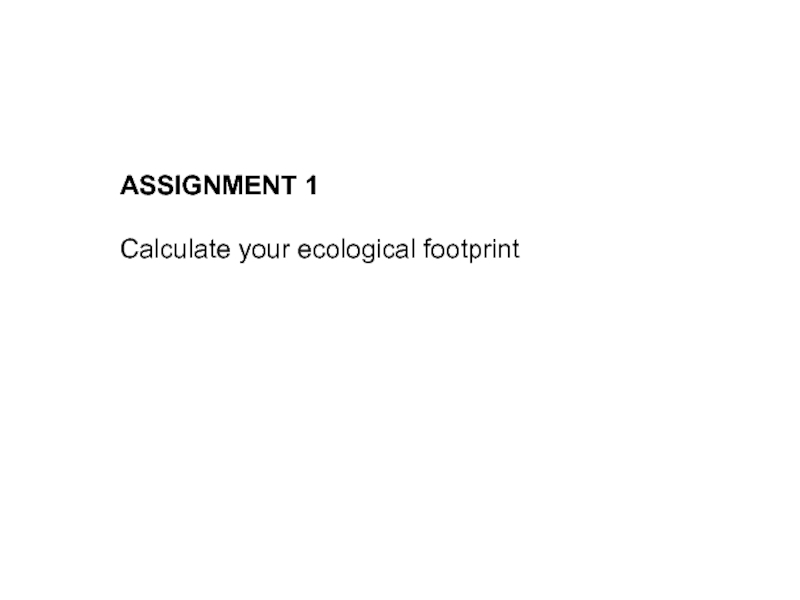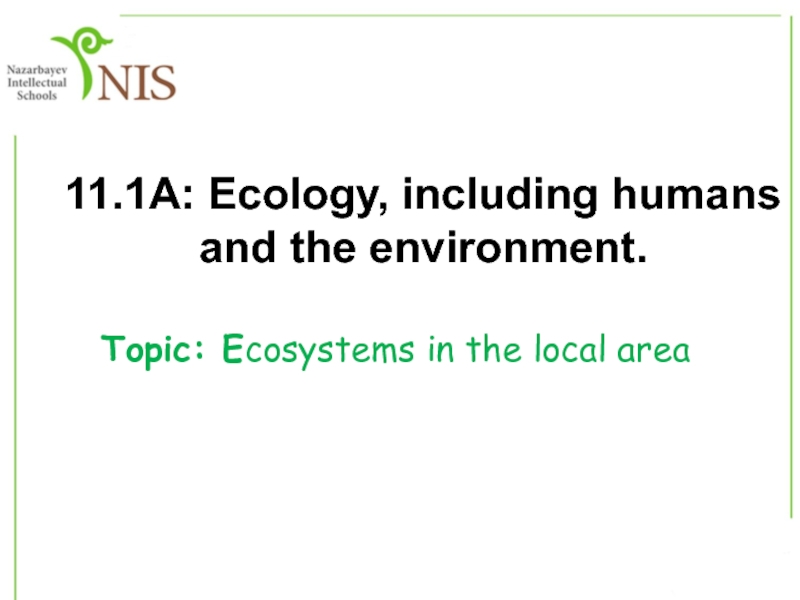Alen Amirkhanian
College of Engineering
American University of Armenia
- Главная
- Разное
- Дизайн
- Бизнес и предпринимательство
- Аналитика
- Образование
- Развлечения
- Красота и здоровье
- Финансы
- Государство
- Путешествия
- Спорт
- Недвижимость
- Армия
- Графика
- Культурология
- Еда и кулинария
- Лингвистика
- Английский язык
- Астрономия
- Алгебра
- Биология
- География
- Детские презентации
- Информатика
- История
- Литература
- Маркетинг
- Математика
- Медицина
- Менеджмент
- Музыка
- МХК
- Немецкий язык
- ОБЖ
- Обществознание
- Окружающий мир
- Педагогика
- Русский язык
- Технология
- Физика
- Философия
- Химия
- Шаблоны, картинки для презентаций
- Экология
- Экономика
- Юриспруденция
Greening the built environment презентация
Содержание
- 1. Greening the built environment
- 2. DISCUSS COURSE SYLLABUS
- 3. Method of Evaluation Student learning
- 4. GRADING The final grades will be
- 5. Quizzes, Exams, and Make-up Procedures: Quizzes may
- 6. DISCUSS COURSE SYLLABUS
- 7. HUMAN BEINGS AS THE SKIN
- 8. World population growth (in millions) Source: United Nations Աշխարհի բնակչության թիվը և աճը
- 9. Population Size and Growth by Continent (in
- 10. This growing population is also living longer
- 11. World Bank data shows that the percentage
- 12. Let’s watch a video by Hans Rosling https://www.youtube.com/watch?v=jbkSRLYSojo
- 13. Food Water Human habitation Transport Energy
- 14. The ecological footprint is a measure
- 15. Globally, humans need 2.1 hectare to have
- 16. Ecological footprint is development dependent but other
- 17. A significant component of the ecological footprint
- 18. Source: Carbon Dioxide Information Analysis Center; http://cdiac.ornl.gov/
- 19. In the period 1950 to 2007,
- 20. Source: “A Safe Operating Space for Humanity,”
- 21. Source: “A Safe Operating Space for Humanity,”
- 22. Source: MIT OCW (Prof. John Ochsendorf, “Sustainable Design: The Construction Industry”)
- 23. Source: MIT OCW (Prof. John Ochsendorf, “Sustainable Design: The Construction Industry”)
- 24. To reduce our ecological footprint and carbon
- 25. Neighborhoods Levels of analysis and
- 26. Source: Presentation by Philip Duffy on April
- 27. Traditionally, architects, planners, and builders had to balance several values: Aesthetics Function Cost
- 28. Brand new cities designed on principals of
- 29. Masdar City, Abu Dhabi, UAE Foster+Partners applying
- 30. Brand New Cities (aka “Eco-Cities”) Dongtan, People’s
- 31. MAGLEV SKYTRAN: An on-demand magnetic levitation railway
- 32. VERTICAL FARMS: inspired by Israeli company Organitech.
- 33. 10 Components of Green Cities and Buildings
- 34. VIEW VIDEO Econic Design: A
- 35. HOW MANY PEOPLE THINK THIS IS A
- 36. The content of my lectures will be:
- 37. How do you learn and grow professionally?
- 38. ASSIGNMENT 1 Calculate your ecological footprint
Слайд 1IE 351. GREENING THE BUILT ENVIRONMENT
Lecture 1: Overview -- Global Environmental
Слайд 3Method of Evaluation
Student learning will be evaluated on the basis
Completeness and quality of assignments (35% of final grade); for Group projects each member of the group will be evaluated separately based on their contribution and/or demonstrated understanding of the tasks/results/concepts/etc.
Grade on midterm examination (25% of final grade) (format: multiple choice, true/false, short answer, short essay, problem solving)
Grade on final examination (25% of final grade) (format: multiple choice, long essay, problem solving)
Class participation (15% of final grade) (includes attendance, meaningful contribution, being well-prepared (5%) and quizzes (10%))
Слайд 4GRADING
The final grades will be determined based on total points accumulated
The final grades will not be curved.
They will be based on the following breakdown:
Слайд 5Quizzes, Exams, and Make-up Procedures:
Quizzes may be administered during any of
Standards for Academic Integrity:
Students are required to conduct themselves in an academically responsible and ethical manner in line with the AUA Code of Student Ethics. Acts of academic dishonesty (e.g., plagiarism, cheating during tests, copying homework) impair the academic integrity of AUA and create an unfair academic advantage for the student involved and other members of the academic community. These acts are subject to disciplinary measures as prescribed in the AUA Code of Student Ethics.
Слайд 7
HUMAN BEINGS AS THE SKIN CANCER OF THE PLANET:
The earth
Fredrich Nietzche
HUMAN BEINGS AS MEMBERS OF A LIVING ORGANISM called EARTH:
Every decision we make we always keep in mind the Seventh Generation … It is our job to see that … the generations unborn, have a world no worse than ours—and hopefully better.
Iroquois Chief Oren Lyons
quoted in Cities and Sustainable Ecosystems (2008)
Слайд 9Population Size and Growth by Continent
(in millions)
Africa
Asia
Europe
Latin America
North America
Oceania
Source: United Nations
1750
1800
1850
1900
1950
2000
2050
Աշխարհի
Слайд 10This growing population is also living longer
Source: World Resources Institute, 2006
Աշխարհի
ըստ աշխարամասերի
Слайд 11World Bank data shows that the percentage of the population living
Source: World Bank, 2007
Աշխարհի չքավոր բնակչության մասը ըստ
աշխարամասերի
Слайд 13
Food
Water
Human habitation
Transport
Energy
Resources
Waste
Other consumer goods
Human consumption cycle
Clothing
Electronics
Solid
Liquid
Gas/Particulate
Heat
Sun
Слайд 14
The ecological footprint is a measure of human demand on the
It represents the amount of biologically productive land and sea area needed to regenerate the resources a human population consumes and to absorb and render harmless the corresponding waste.
The Earth has about 12 billion hectares of bio-productive land – that’s 2.1 hectares for every man, woman and child on Earth.
Source: www.panda.org
Էկոլոգիական ոտնահետքը
Слайд 15Globally, humans need 2.1 hectare to have a sustainable planet. The
Source: Global Footprint Network, 2008
Слайд 16Ecological footprint is development dependent but other factors also play a
Սոցիալ-տնտեսական զարգացումը և էկոլոգիական ոտնահետքը
Слайд 17A significant component of the ecological footprint is the carbon footprint;
The carbon footprint measures the amount of greenhouse gases (GHG’s) released into the atmosphere per human activity or some other unit of production.
Source: www.nature.org
When released into the atmosphere, these gases create a shield that prevents the solar heat from escaping, thus creating a “greenhouse” effect.
The most significant of these gases is CO2 which is derived from fossil fuels. GHG’s also include methane, nitrous oxide.
Ածխածնային ոտնահետքը
Զերմոցային գազեր
Այլ ԶԳ-ներն են մեթանը և ազոտի օքսիդը
Ածխածին երկօքսիդի արտանետումը գոյանում է ֆոսիլային վառելանյութի շահագործումից
Слайд 18Source: Carbon Dioxide Information Analysis Center; http://cdiac.ornl.gov/ 2006 data tables and
Total CO2 Emissions from Fossil Fuels (million metric tons)
2007
ֆոսիլաին վառելիքներից գոյացած
ածխածին երկօքսիդի արտանետումնեիի քանակը (միլ. տոննա)
Слайд 19
In the period 1950 to 2007, CO2 emission has grown 2.6
Աշխարհի բնակչության և CO2-ի արտանետման տարեկան աճը
CO2-ի արտանետում
Բնակչություն
Слайд 20Source: “A Safe Operating Space for Humanity,” Nature 461, 472-475(24 September
Слайд 21Source: “A Safe Operating Space for Humanity,” Nature 461, 472-475(24 September
Слайд 24To reduce our ecological footprint and carbon footprint, we have to
Policy leadership
Technological innovation
Open minds to new approaches and ancient approaches
Cultural changes (especially in consumption habits)
Individual responsibility
Слайд 25
Neighborhoods
Levels of analysis and impact
Buildings
Regions
(e.g., Caucasus, North America)
Cities
Countries
Global
Provinces
Ecosystems
Habitats
Watersheds
HUMAN
ECOLOGICAL
Biochemical Cycles
Biospheres (atmoshpere,
Слайд 26Source: Presentation by Philip Duffy on April 30, 2009 at the
Why Cities and Buildings Matter
Слайд 27Traditionally, architects, planners, and builders had to balance several values:
Aesthetics
Function
Cost
Слайд 28Brand new cities designed on principals of sustainability; these have been
There are also semi sci-fi ideas; technologies under development and some being marketed
Adoption of sustainable design approaches in existing cities/buildings
Over the past 15-20 years there is a growing body of experience and experimentation in the fields of urban planning and architecture that we can learn from:
Слайд 29Masdar City, Abu Dhabi, UAE
Foster+Partners applying the 10 principals of the
Zero-carbon, zero-waste, and fossil-fuel-car-free
Brand New Cities (aka “Eco-Cities”)
Слайд 30Brand New Cities (aka “Eco-Cities”)
Dongtan, People’s Republic of China
Arup Consultancy; ¾
Carbon neutral, organic sustainable farming; solar, wind and biomass energy; no landfills: all waste to be used; green roofs; clean-fuel cars; hydrogen fuel cell public transport; network of foot and bike paths; …
Слайд 31MAGLEV SKYTRAN: An on-demand magnetic levitation railway system from the California
Water-retaining building skins
POD CAR: Small electrical cars that fold up when parked, saving parking space. Solar panels recharge the pod and excess energy is pumped into grid
CROWD FARMS: Proposed by the architects James Graham and Thaddeus Juscyk, gather energy from footfalls that strike the sidewalk or any walking surface. If installed in a busy train station, a Crowd Farm can power 6,500 LEDs, enough to light the building.
ENERGY PAINT: Invented by chemist Somenath Mitra of the New Jersey Institute of Techno]ogy, the viscous solution contains two types of nanoparticles—one that traps the sunlight and another that converts it to electricity
Semi Sci Fi – Tech available or under development
GREEN TOWER: Based on a design by French architect Jacques Ferrier, has an exterior concrete lattice, bearing the structural load of the building and housing photovoltaic cells and rainwater channels. The latter funnel water to a central purification system that provides clean water for the building. Below geothermal wells tap into the constant temprature of the bedrock to cool in the summer and warm in the winter.
Слайд 32VERTICAL FARMS: inspired by Israeli company Organitech. A 30-story farm can
Wind turbines (super efficient)
Wave and tidal energy harvesting
HIGHWAY WIND: Harvesting of wind created by human activity; wind turbines generated by architect Mark Oberholzer line all highway medians
HYDROGEN AND THE SUPER GRID: Super grid that also transports hydrogen reducing waste created from heat generated from transmission of electricity
Semi Sci Fi – Tech available or under development
Слайд 34VIEW VIDEO
Econic Design:
A Fantasy Piece on the Challenges of Engineering
Questions:
What strikes you as one or two very interesting observations by the filmmakers?
What was discussed that was unexpected for you?
Which of the suggested solutions resonated with you?
Which of the suggested solutions sounds most realistic?
Any other questions?
Слайд 35HOW MANY PEOPLE THINK THIS IS A COURSE ABOUT CREATING A
Solutions may be:
Simple / complex
New / old
Individual choice / systemic
Decentralized / centralized
About efficiency / about new resources / about eliminating waste
Approach will be:
Integrated, system-wide thinking
Focus on energy, water, and waste (but other topics may come up)
IT’S GOING TO BE ABOUT TRADEOFF
NO PREPACKAGED OPINIONS
Слайд 36The content of my lectures will be:
Process
Basic facts
Measures
Practices
Your task is
Critically absorb this
Think about what applies to your current situation
Not everything needs to apply; because you might end up doing work elsewhere or current conditions in Armenia may change
Слайд 37How do you learn and grow professionally?
Formal education
Critical thinking (you
Practice
Colleagues and professional org’s
Professional Conferences
Reading: prof. publications, etc.
